Learn About Ornamental Vs. Fruiting Pear Trees
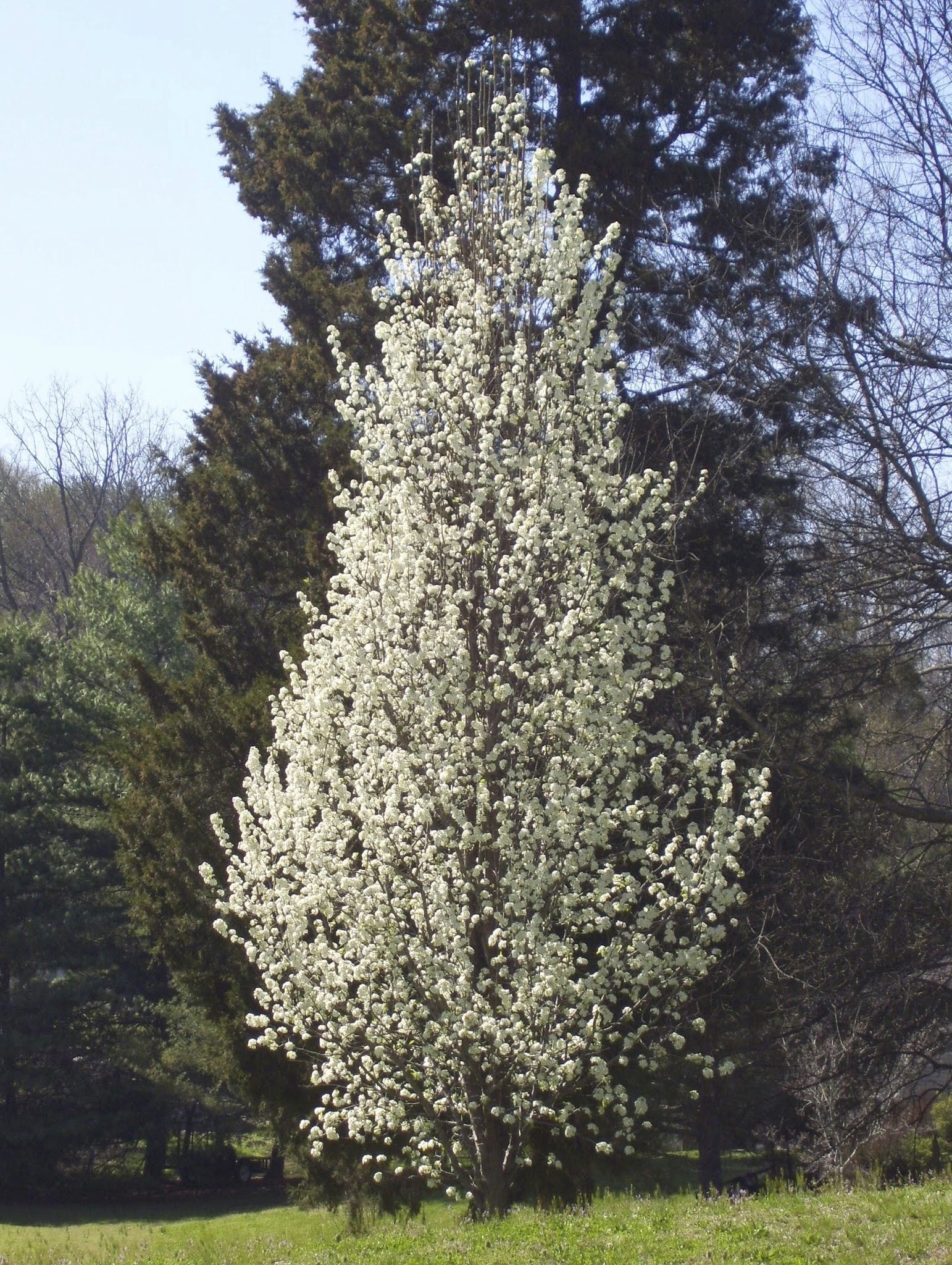
If you aren’t a fan of fruit or dislike the mess it can create, there are many showy non-fruiting tree specimens to choose from for your landscape. Amongst these, there are several cultivars of ornamental pear trees. Keep reading for more information on types of non-fruit bearing pear trees.
Ornamental vs. Fruiting Pear Trees
Many ornamental pear trees do actually fruit but, generally, produce very little fruit and of a smaller size, less than half an inch (1.5 cm.) across. Is ornamental pear fruit edible? I wouldn’t recommend it. I would leave these tiny fruits for wildlife to munch on. The purpose of choosing an ornamental vs. a fruiting pear tree is for its sparse to non-existent fruiting capability.
About Ornamental Flowering Pear Trees
Ornamental flowering pear trees (Pyrus calleryana) are instead often preferred for their showy flowers during the spring and their striking leaf color as the weather cools. Because they are not grown for fruit, they are fairly simple to care for. These deciduous trees have dark to medium green, ovate leaves, with a trunk covered in dark brown to light green bark.
Autumn chill turns the leaves into a kaleidoscope of red, bronze, and purple hues. All varieties of ornamental pears thrive in full sun in an array of soil types and pH levels. While they prefer moist soil, they are tolerant of dry and hot conditions. Unlike their fruiting brethren, ornamental pears are resistant to fire blight, oak root fungus, and verticillium wilt, but not to sooty mold and whitefly. Amongst the varied cultivars, ‘Capital’ and ‘Fauer’ are also susceptible to thrips.
Types of Non Fruit Bearing Pear Trees
Most varieties of ornamental pear trees have an erect habit and rounded shape. Different cultivars have different canopies from high to low. ‘Aristocrat’ and ‘Redspire,’ suited to USDA zones 5-8, have a cone-shaped habit, while ‘Capital’ tends towards a more columnar mien and is suited to USDA zones 4-8.
Suited to USDA zones 4-8 as well, ‘Chanticleer’ has a pyramid-like habit. It also has a minimal spread of around 15 feet (5 m.) across, making it a more modest option compared to say, the ‘Bradford’ ornamental pear. Bradford pears are beautiful specimens with showy white flowers in early spring and vibrant orange-red leaves in the fall.
However, these trees can attain heights of up to 40 feet (12 m.) and have broad, horizontal branching systems that have earned the cultivar the name “Fatford” pear. They are also prone to breaking and storm damage. Height varies amongst cultivars as well. ‘Redspire’ and ‘Aristocrat’ are the tallest of the ornamental pears and can attain heights of up to 50 feet (15 m.). ‘Fauer’ is the smallest cultivar, only reaching around 20 feet (6 m.).
Gardening tips, videos, info and more delivered right to your inbox!
Sign up for the Gardening Know How newsletter today and receive a free copy of our e-book "How to Grow Delicious Tomatoes".
‘Capital’ is a middle of the road variety reaching up to 35 feet (11 m.) tall. Most of them bloom with showy, white blossoms in the spring or winter with the exception of ‘Fauer’ and ‘Redspire,’ which flower only in the spring.

Amy Grant has been gardening for 30 years and writing for 15. A professional chef and caterer, Amy's area of expertise is culinary gardening.
-
 Looking For Plants To Give You The Soft And Fuzzies? Try These 5 Fuzzy Leaf Plant Options
Looking For Plants To Give You The Soft And Fuzzies? Try These 5 Fuzzy Leaf Plant OptionsLovers of texture, drama, silver foliage and tactile plants will adore these special sensory garden additions. These fuzzy leaf plant options will leave you all aglow
By Susan Albert
-
 Get Ready For A Summer Of Hummers! Grow These Full Sun Hummingbird Plants and Flowers
Get Ready For A Summer Of Hummers! Grow These Full Sun Hummingbird Plants and FlowersIf you’re lucky enough to enjoy a sunny backyard, make sure you are maxing out on your pollinator opportunities and grow these full sun hummingbird plants and flowers
By Tonya Barnett
-
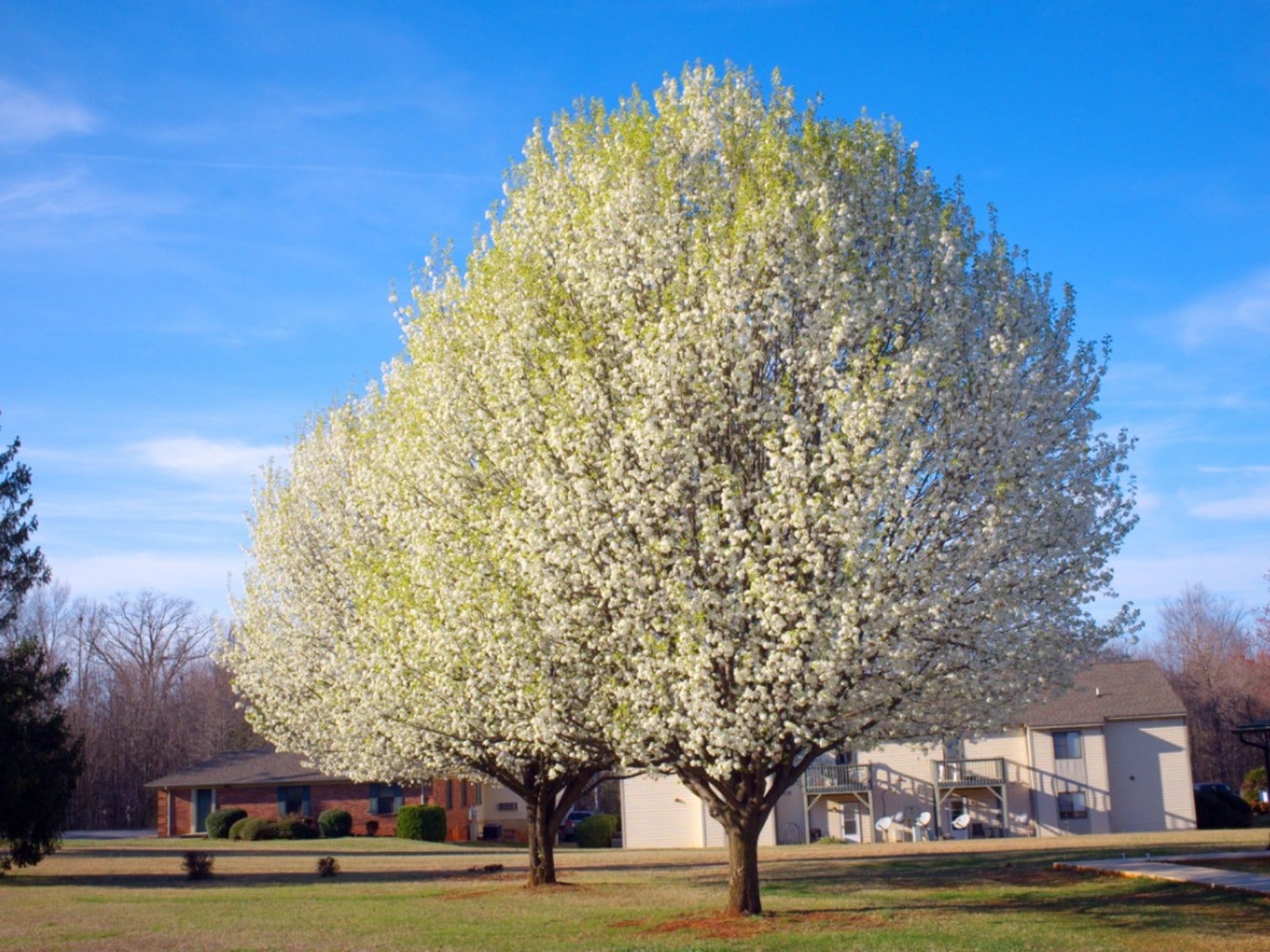 Natives That Are Great Bradford Pear Tree Alternatives
Natives That Are Great Bradford Pear Tree AlternativesNow banned in Ohio and other states, read how to replace Bradford pear trees with a variety of other flowering trees.
By Teo Spengler
-
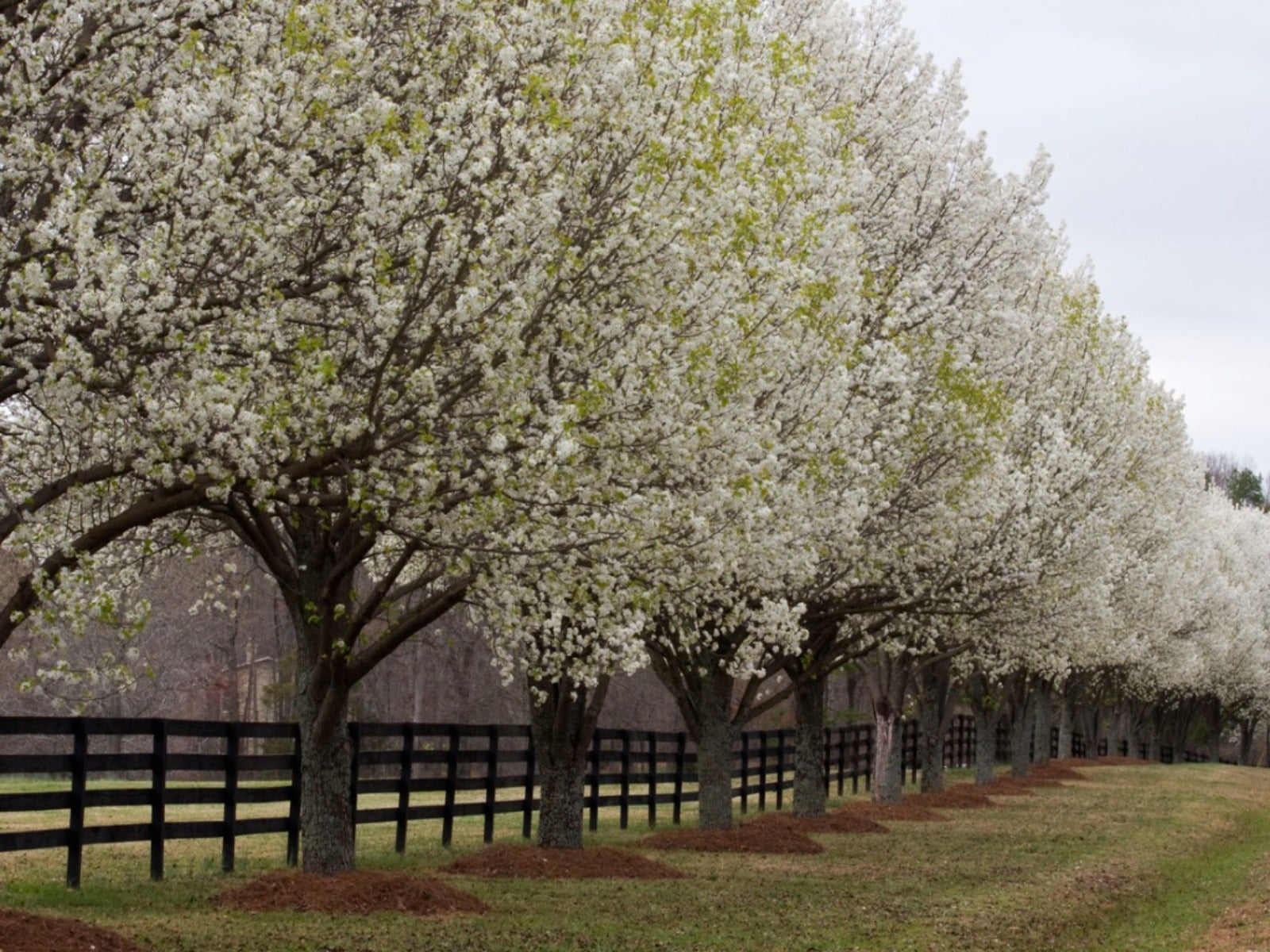 Why Are Bradford Pear Trees So Bad They’ve Been Banned?
Why Are Bradford Pear Trees So Bad They’ve Been Banned?By Laura Miller
-
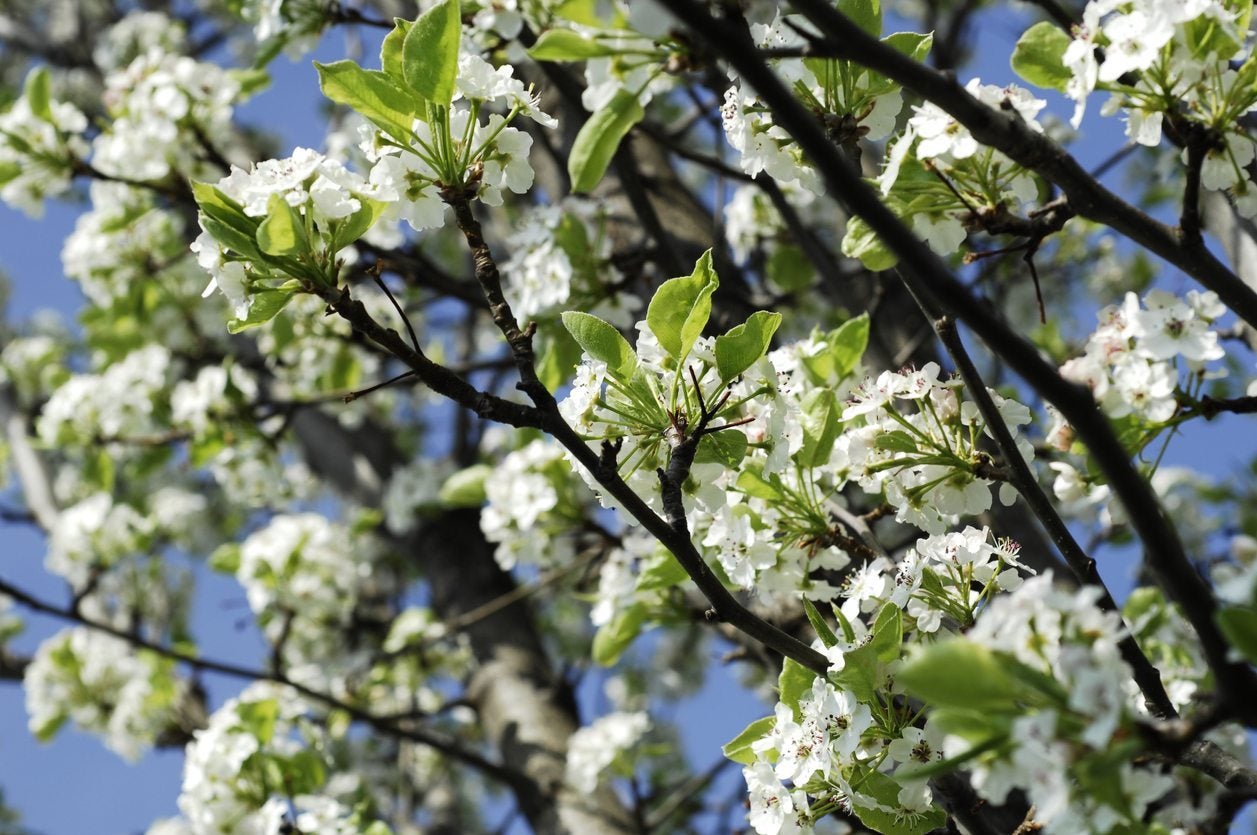 Cleveland Select Pear Info: Flowering Pear ‘Cleveland Select’ Care
Cleveland Select Pear Info: Flowering Pear ‘Cleveland Select’ CareThe Cleveland Select is a variety of flowering pear that is very popular for its showy spring blossoms, its bright autumn foliage, and its sturdy, neat shape. If you want a flowering pear, it's a good choice. Click here to learn more about growing Cleveland Select pears.
By Liz Baessler
-
 Redspire Pear Tree Care: Tips For Growing Redspire Pears
Redspire Pear Tree Care: Tips For Growing Redspire PearsCallery `Redspire' pears are fast-growing ornamentals with narrow crowns. They offer large, white blossoms in spring; pretty, purple new leaves; and flaming, fall color. Click here for additional Redspire pear information as well as tips on Redspire pear tree care.
By Teo Spengler
-
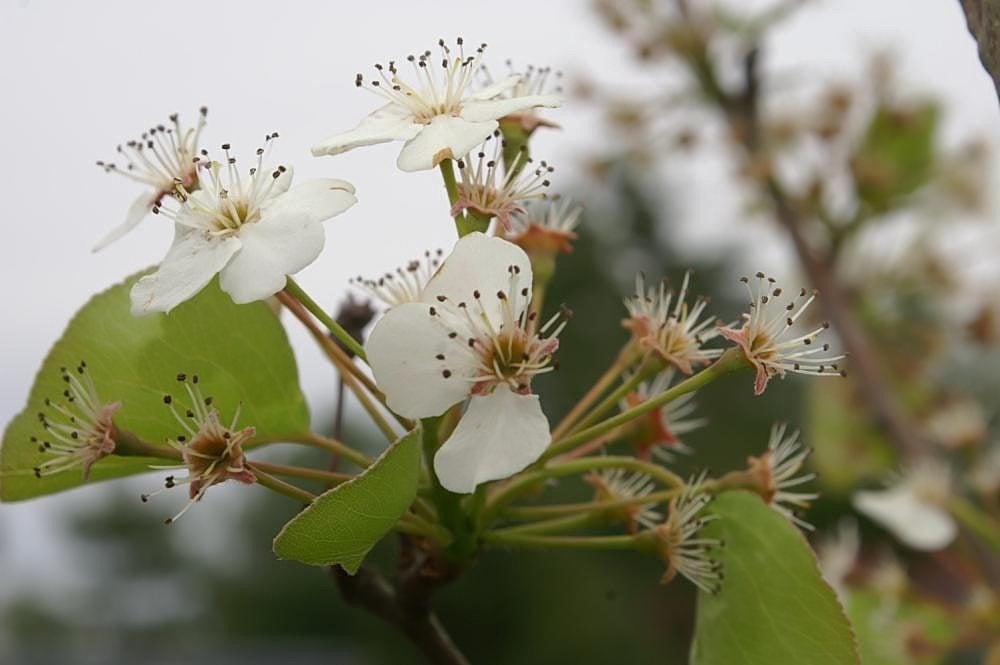 Chanticleer Pear Information: Learn About Growing Chanticleer Pears
Chanticleer Pear Information: Learn About Growing Chanticleer PearsIf you are looking for ornamental pear trees that overflow with showy flowers in spring, consider Chanticleer pear trees. They also delight with vibrant, fall colors. For more Chanticleer pear information and tips on growing Chanticleer pears, this article will help.
By Teo Spengler
-
 Autumn Blaze Pear Trees – Tips On Caring For Autumn Blaze Pears
Autumn Blaze Pear Trees – Tips On Caring For Autumn Blaze PearsAutumn Blaze pear trees may not produce edible fruits, but they are truly ornamental gems. They have a beautiful rounded, spreading habit and showy flowers in spring. For more Autumn Blaze information, including tips on how to care for it, click here.
By Teo Spengler
-
 Korean Sun Information : How To Grow A Korean Sun Pear Tree
Korean Sun Information : How To Grow A Korean Sun Pear TreeKorean Sun pear trees are small, almost dwarf specimens that fit easily into most landscaping schemes. Their adaptability makes them excellent selections for accents or light shade plants. Find out how to grow Korean Sun pear in this article.
By Bonnie L. Grant
-
Flowering Aristocrat Pear Tree Info: Tips On Growing Aristocrat Flowering Pears
Many homeowners and city workers search for reliable pest and disease resistant shade trees to replace ash trees. A suitable option is the Aristocrat pear (Pyrus calleryana 'Aristocrat'). Learn more about Aristocrat flowering pear trees in this article.
By Darcy Larum